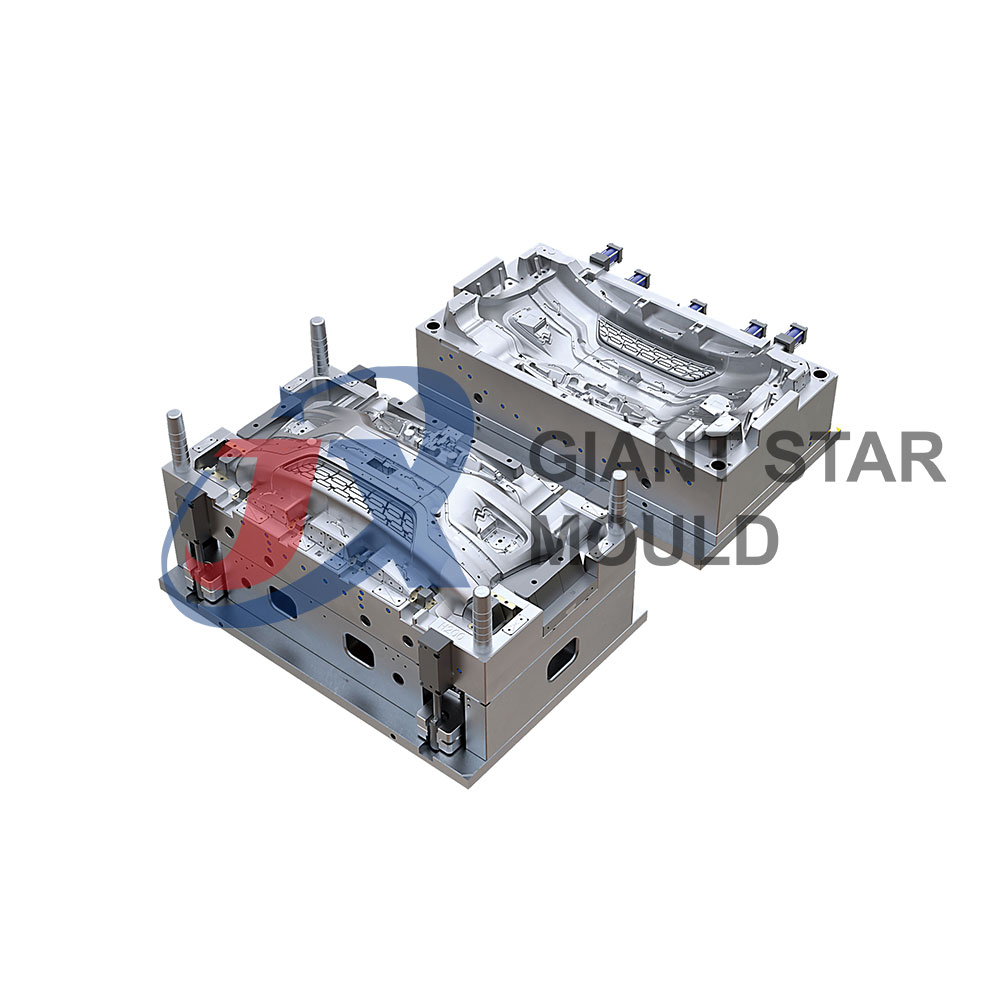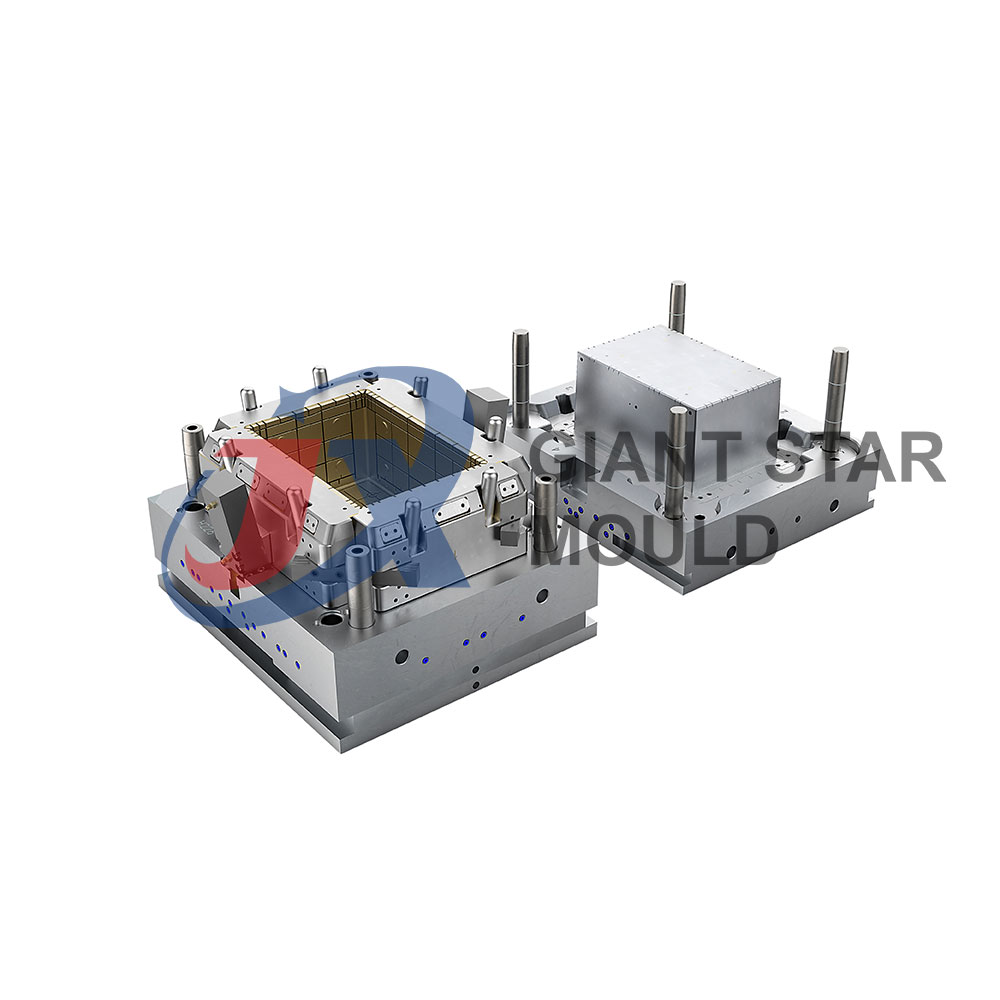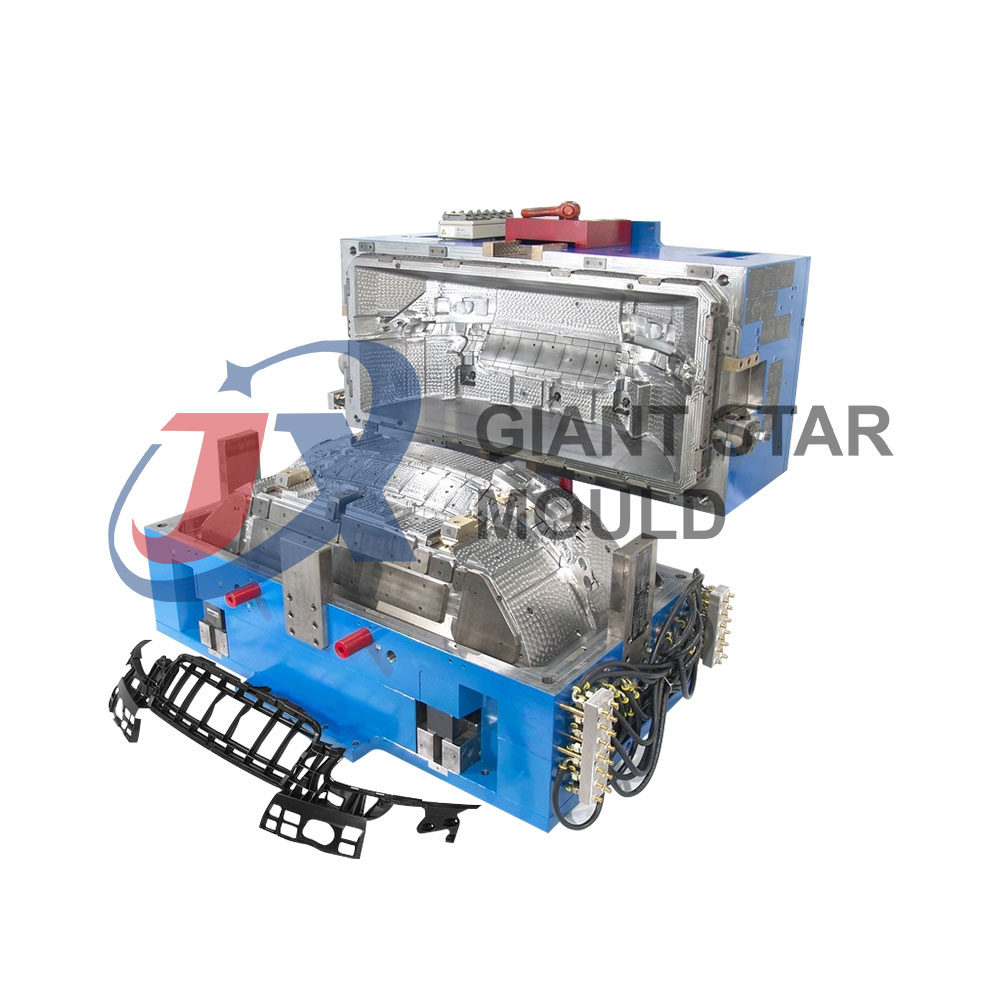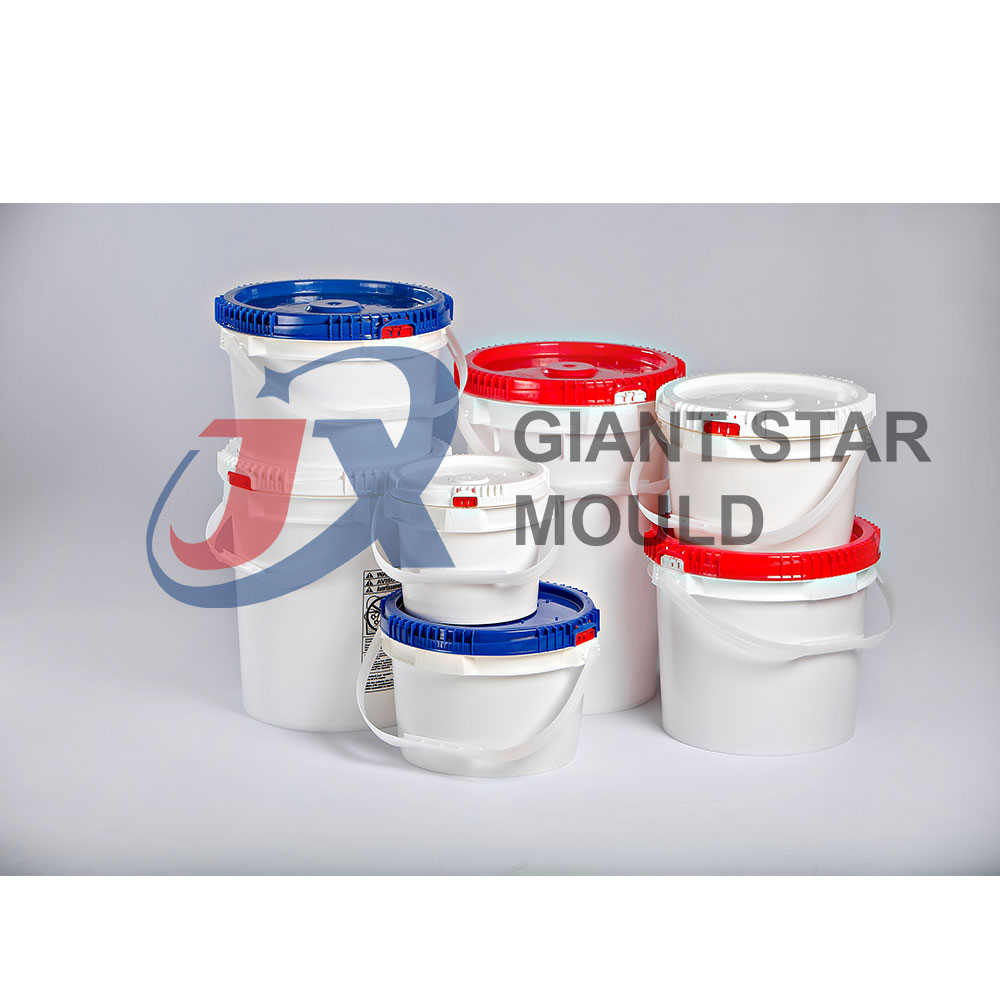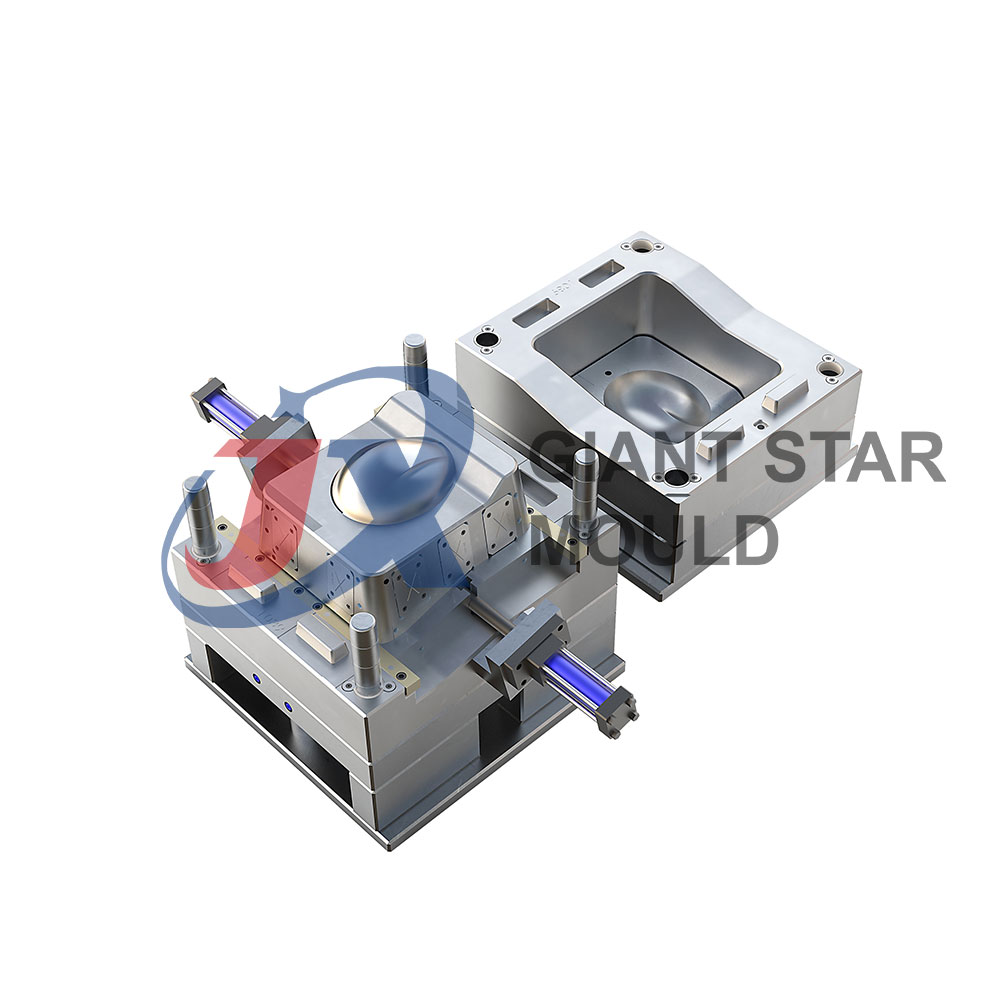Automotive Mould Design Standard
Automotive design standards encompass a range of guidelines and principles aimed at ensuring safety, efficiency, functionality, and aesthetic appeal in vehicles. These standards are typically set by regulatory bodies, industry organizations, and engineering best practices. Here are some key aspects covered by automotive design standards:
Safety Standards: These include regulations related to crashworthiness, occupant protection, structural integrity, braking systems, lighting, and visibility. Regulatory bodies such as the National Highway Traffic Safety Administration (NHTSA) in the United States and the European New Car Assessment Programme (Euro NCAP) set safety standards that manufacturers must meet to sell vehicles in their respective markets.
Emissions Standards: These standards focus on limiting harmful pollutants emitted by vehicles, such as carbon dioxide (CO2), nitrogen oxides (NOx), particulate matter (PM), and hydrocarbons (HC). Emissions standards are set by government agencies like the Environmental Protection Agency (EPA) in the United States and the European Commission in the EU.
Fuel Efficiency Standards: Regulations aimed at improving fuel efficiency and reducing greenhouse gas emissions are becoming increasingly important. These standards push automakers to develop more fuel-efficient vehicles and promote the use of alternative powertrains such as hybrid and electric vehicles.
Dimensional Standards: Guidelines regarding vehicle dimensions ensure compatibility with road infrastructure and parking spaces while also considering aerodynamics, ergonomics, and interior space.
Material and Component Standards: Specifications for materials used in vehicle construction, such as steel, aluminum, plastics, and composites, ensure durability, performance, and safety. Component standards cover everything from engines and transmissions to brakes, tires, and electrical systems.
User Interface and Human-Machine Interaction Standards: With the increasing integration of technology in vehicles, standards for user interfaces, infotainment systems, and driver-assistance features are crucial for ensuring intuitive operation and minimizing distractions.
Accessibility Standards: Guidelines for designing vehicles that are accessible to individuals with disabilities, including considerations for wheelchair access, seating arrangements, and controls.
Industry Best Practices: Beyond regulatory requirements, automotive design standards also encompass best practices established by industry organizations, engineering societies, and academic research to optimize vehicle performance, reliability, and customer satisfaction.
Adherence to these standards is essential for automakers to ensure the safety, reliability, and compliance of their vehicles with regulatory requirements and consumer expectations.

